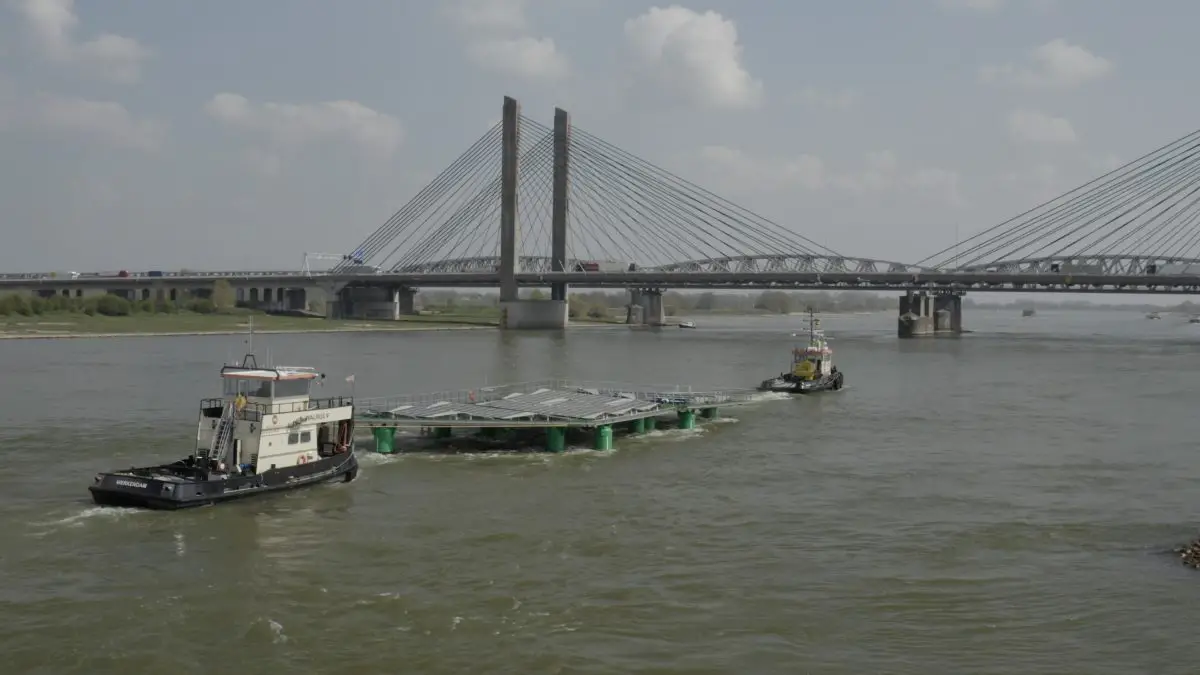Merganser offshore PV plant project is set to be carried out in the North Sea off the coast of Ostend, Belgium. The German utility RWE and Dutch offshore PV specialist SolarDuck will develop the pilot project for a proposed 5MW facility. The facility in question is dubbed Hollandse Kust West offshore wind farm. RWE is currently tendering for this project.
The Merganser offshore PV plant is anticipated to go live in 2023. RWE and SolarDuck revealed this in a joint statement. The statement read, “Merganser will give RWE and SolarDuck crucial first-hand experience in one of the most difficult offshore environments in the world. As a result, these discoveries will speed up the commercialization of the technology starting in 2023.”
The participation of RWE in the current Dutch offshore wind tender for the Hollandse Kust West (HKW) sites VI and VII was also disclosed by the two businesses. The goal was to construct a 5 MW offshore floating solar plant. This was at a pre-commercial scale at the future wind power complex. Thus, SolarDuck was selected as the tech partner.
Read Also: Plans approved for brand-new hotel development at Boundary House on Jewry Street, UK
Merganser pilot offshore PV plant project to cope with the harsh maritime environment
Sven Utermöhlen, CEO of wind offshore for RWE Renewables, stated, “We are very eager to further explore the potential of offshore floating solar together with our partner SolarDuck. Merganser pilot offshore PV plant creates appealing opportunities for nations with lower mean wind speeds but high solar irradiation. We are gaining experience with a highly innovative offshore floating solar technology with the SolarDuck pilot.”
The first demonstrator project utilizing SolarDuck‘s floating structure technology for solar projects at offshore sites in estuaries, natural harbors, and near-shore locations was unveiled in 2021. Moreover, the 64 kW system was installed at an inshore location in the Waal (Rhine), the Netherlands’ widest river. This is close to the village of IJzendoorn in the province of Gelderland.
The structure can withstand hurricane-force winds and coastal sea conditions while supporting solar panels that are more than 3 meters above the water. It is designed for near-shore and offshore locations, including estuaries and natural harbors. The fundamental floating platforms are triangular, 16 x 16 x 16-meter structures. They resemble floating offshore wind farms or offshore oil rigs. Large plants can be created by flexibly connecting them together.

